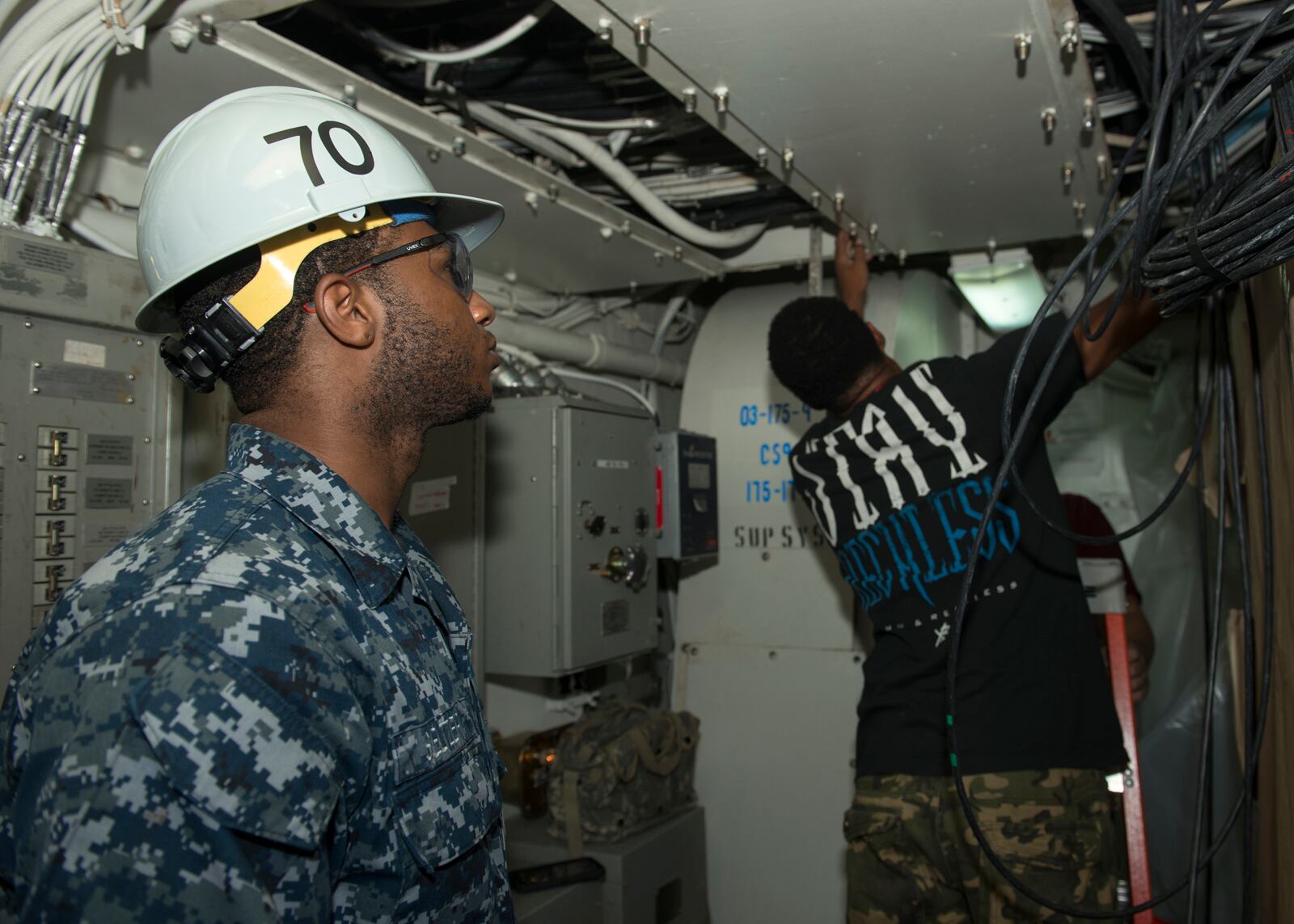Later this year, the U.S. Navy intends to award a contract to upgrade their unclassified network, the Navy Marine Corp Intranet. The new contract, known as Next Generation Enterprise Network Re-compete (NGEN-R) is a multiple award contract that will absorb global networking efforts into a single vehicle that the Navy will administer.
While the Navy Program Executive Office for Enterprise Information Systems (PEO EIS) has certainly “leaned forward” in its outreach to industry, it hasn’t yet moved full steam ahead into a total embrace of innovation.
By hosting traditional industry days and other familiar industry outreach initiatives, PEO EIS has ensured that Federal System Integrators (FSIs), who consistently over promise and under deliver on such large programs, will have significant influence over this procurement. By allowing these companies to influence the scope of work, the Navy has ensured it won’t receive the next-gen network needed to “win” in the rapidly evolving cyber-battlespace of the future.
The Navy’s procurement approach for NGEN-R is similar to what the Army did with Distributed Common Ground System - Army (DCGS-A), an intelligence platform. DCGS-A was another ambitious idea to pull the military into the future using cutting edge technologies. The problem with DCGS-A was that rather than seeking solutions from true innovators, the Army decided to go with a Frankenstein system proposed and built by four of the largest FSIs in the Beltway. The result was a $2.7 billion dollar disaster.
Palantir Technologies, an innovative Silicon Valley company that had a working, cost-effective alternative was initially stonewalled in its attempts to compete for the contract--despite being the solution of choice by many on the front lines. Fast forward ten years and the Army recently awarded Palantir a contract for the DCGS-A program.
Since the DCGS-A debacle, the Army has made significant strides to adopt new technologies early and often. It has expanded outreach to premier research universities, like MIT, and has consistently engaged with companies in tech hubs like Boston, Austin and Silicon Valley to solve its hardest problems.
The Navy should learn from the experiences the Army has endured in breaking out of a traditional procurement model, especially with a system as important as the global network. Between aged infrastructure with low bandwidth and patchy security oversight, there has never been a better time to evaluate novel solutions throughout the entire network stack.
The Department of Defense has been pushing to work with Silicon Valley and has even opened offices there in an effort to embrace innovation. It appears these efforts haven’t moved much past edge cases at this point. When it comes to foundational procurements, the DoD is generally still embracing the usual Beltway suspects.
If the DoD wants to “win” it’s going to have to break the cycle of relying on FSIs that are much better suited to provide contracted bodies than they are to provide “a look around the corner” on a global network that will be in service for the next 25 plus years.
Justin Cleveland is the head of federal business for Authentic8, a Silicon Valley-based technology firm. He is also an officer in the U.S. Navy Reserve.








